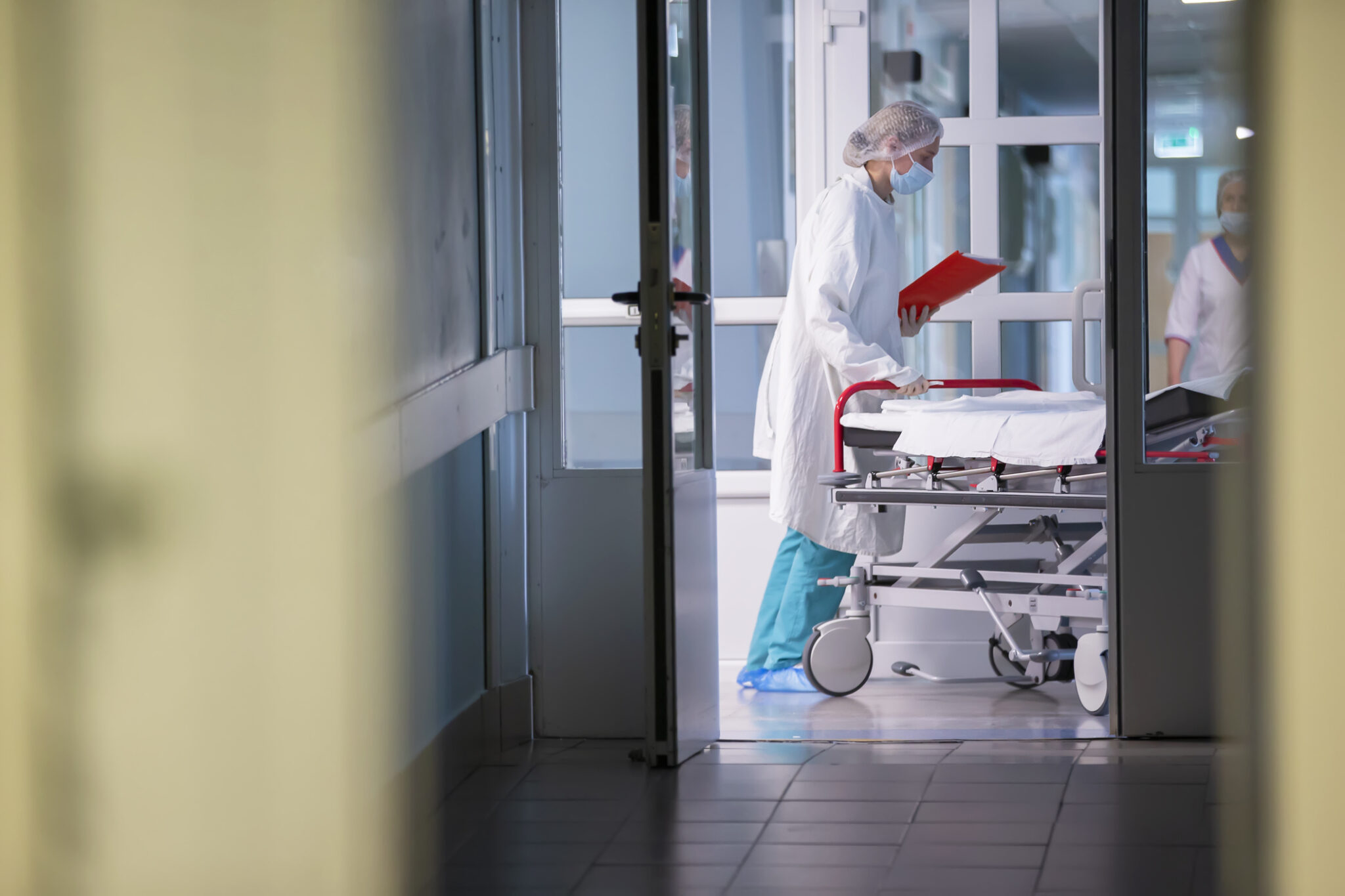Odessa Memorial Healthcare Center offers a 24-Hour Level V Emergency Department for patients in Odessa, Washington and the surrounding areas. Emergency Rooms offer basic emergency care to patients with traumatic injuries, immediate medical needs and medical issues that arise outside of normal business hours. But how do you know if your medical needs require a trip to the emergency Room?
To keep hospitals’ emergency rooms from being overcrowded with patients whose conditions are moderate and could be treated elsewhere, you must pay attention to your body and determine the severity of your symptoms. This way, you won’t have to waste time and money when an emergency room visit isn’t required.
The National Center for Health Statistics revealed that 48% of patients who came to the ER but were not hospitalized did so because their local clinic was closed.

Unlike Urgent Care/OMHC Clinic Visit centers or walk-in clinics, ERs have legal obligations under the Emergency Medical Treatment and Labor Act of 1986 (EMTALA). It mandates that they provide care to anybody who seeks it, regardless of whether or not they have the resources to pay.
The emergency room can handle most severe medical situations. Most of them are part of a more extensive medical complex that offers a wider variety of care.
The following are features of ERs:
If you’re experiencing any of the following signs and symptoms, you should go to the emergency room immediately for an assessment:

While Odessa memorial Healthcare Center does not offer Urgent Care/OMHC Clinic Visit services, it is important to know when Urgent Care/OMHC Clinic Visit would be a better option than coming to the emergency room – ususally when you need basic medical care outside of normal business hours.
Features common to Urgent Care/OMHC Clinic Visit centers include:
An Urgent Care/OMHC Clinic Visit center may diagnose and treat the following conditions:

Minute clinics, walk-in clinics, minor emergency centers, and after-hours clinics are all names for the same kind of medical facility. The best way to conceptualize them is as regular medical clinics or offices, not emergency rooms.
However, the advantages of these clinics over regular doctors’ offices include longer operating hours and the ability to schedule appointments on the spot. Additionally, the person may have greater expertise in dealing with urgent issues than a local clinic.
A visit to an Urgent Care/OMHC Clinic Visit clinic is an excellent option for patients with minor to moderate symptoms needing treatment immediately or outside of regular business hours.
On the other hand, if your symptoms are severe, the emergency room is open 24/7 and ready to treat patients whenever they arrive. They differ from walk-in clinics and Urgent Care/OMHC Clinic Visit facilities in that they are prepared to handle patients with more severe conditions, such as those who have had a heart attack or a stroke or who have been in a vehicle accident and sustained severe injuries.
When deciding whether you need to seek treatment at an emergency room, it is important to remember that your medical bill will likely be higher for a visit to the ER. Going to an emergency room will almost always result in substantially higher costs. Out-of-pocket expenses may include but are not limited to prescription drugs, injections/IVs, laboratory testing, and X-rays.
There is a significant price difference between the emergency room and an Urgent Care/OMHC Clinic Visit clinic. It’s important to remember that the actual out-of-pocket expenses may be more significant, depending on the nature and extent of your treatment.
For a true medical emergency, price will not be a concern, and you should get to the emergency room as quickly as possible. For health matters where time or severity of symptoms aren’t as much of an issue, Urgent Care/OMHC Clinic Visit provides a solid alternative to the ER.
You can rely on obtaining excellent medical care at Odessa Memorial Healthcare Center in Odessa, WA. Our Emergency Room is open 24-hours, and provides comprehensive emergency care and Level V trauma care.
2024 All Rights Reserved | Odessa Memorial Health Center
Site Design By influence Marketing